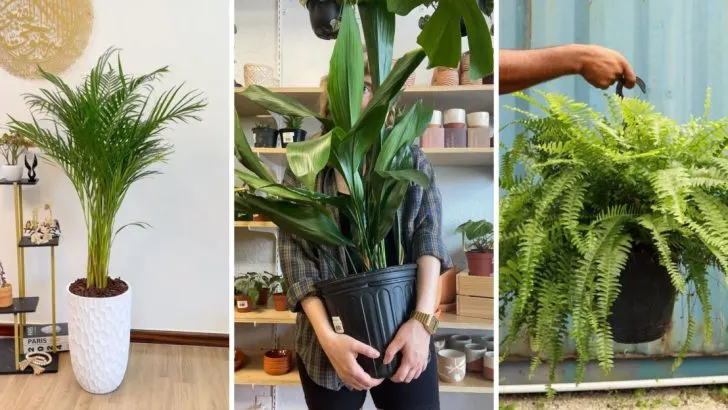As much as we adore our furry friends, their curiosity can sometimes spell trouble – especially when it comes to houseplants.
Many common plants can be toxic to pets, making it a challenge to create a green indoor oasis that’s both beautiful and safe. The good news? There are plenty of pet-friendly options that are also less likely to tempt your pets into nibbling.
In this article, we’ll explore nine non-toxic houseplants that are safe for pets and, more importantly, tend to be left alone by curious cats and dogs. With these plants, you can enjoy a lush indoor space without compromising your pet’s well-being.
Spider Plant (Chlorophytum comosum)
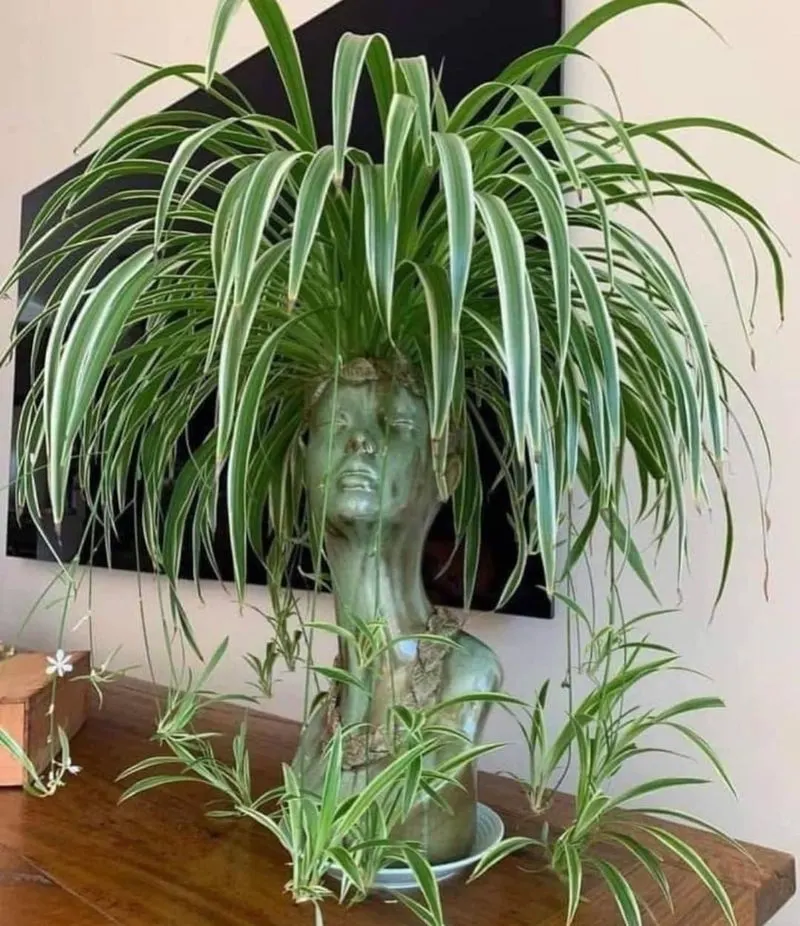
This resilient houseplant is renowned for its cascading green and white striped leaves. Spider plants thrive in indirect sunlight and require minimal care, making them ideal for busy households. Pets often ignore them due to the texture of their leaves and lack of enticing scent.
Known for its air-purifying qualities, the spider plant can enhance indoor air quality effortlessly. It’s a great option for those seeking a low-maintenance plant that also contributes to a healthier home environment. The spider plant’s visual appeal and ease of care make it a popular choice among pet owners.
Boston Fern (Nephrolepis exaltata)
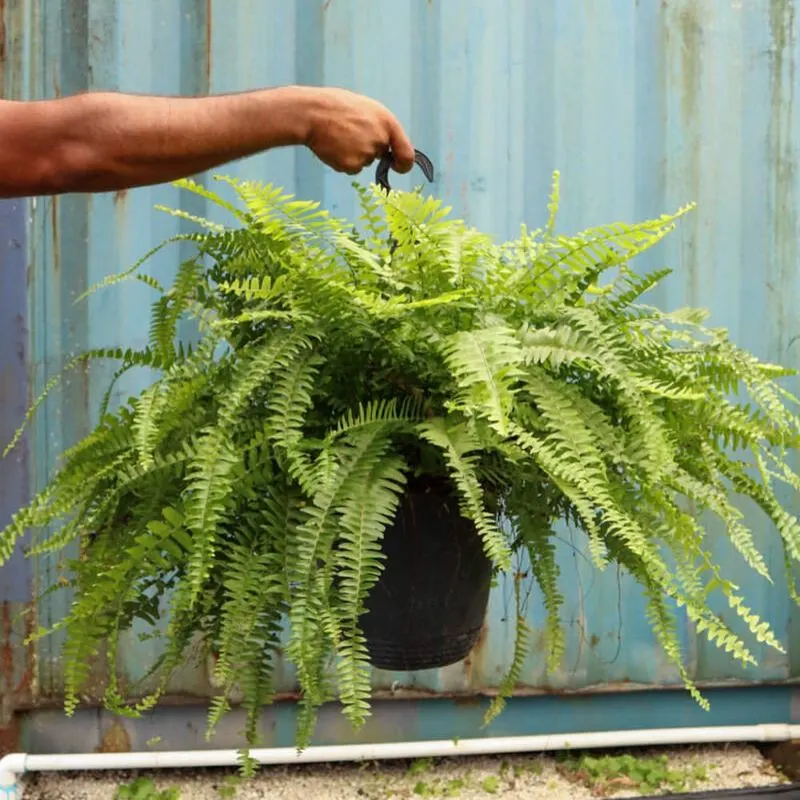
With its feathery fronds, the Boston Fern adds a touch of elegance to any room. This plant prefers high humidity and moderate light, thriving in bathrooms and kitchens. Pets usually find the texture of its leaves unappealing, making it a safe choice.
Regular misting and watering keep this fern looking vibrant. It’s not only non-toxic but also manages to clean indoor air by removing pollutants like formaldehyde. Keeping a Boston Fern in your home can foster a sense of tranquility while ensuring your pets remain safe from harmful toxins.
Bamboo Palm (Chamaedorea seifrizii)
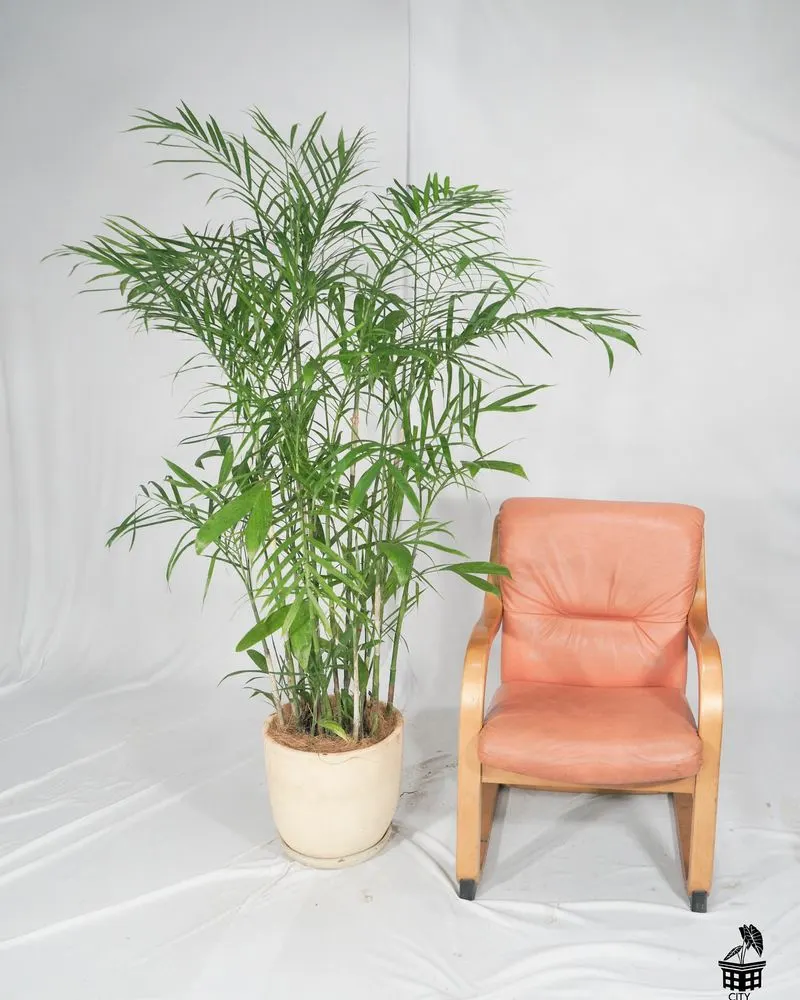
Bamboo palms are excellent for those wanting a tropical flair indoors. They thrive in bright, indirect light and require regular watering, especially in dry environments. Pets usually lose interest quickly, as the plant lacks both taste and aroma.
As a natural humidifier, the bamboo palm can help combat dry indoor air, making it beneficial for both plants and pets. Its attractive fronds can reach impressive heights, adding a dramatic element to indoor spaces. This palm is not just a visual delight but also a practical choice for pet-loving households.
Areca Palm (Dypsis lutescens)
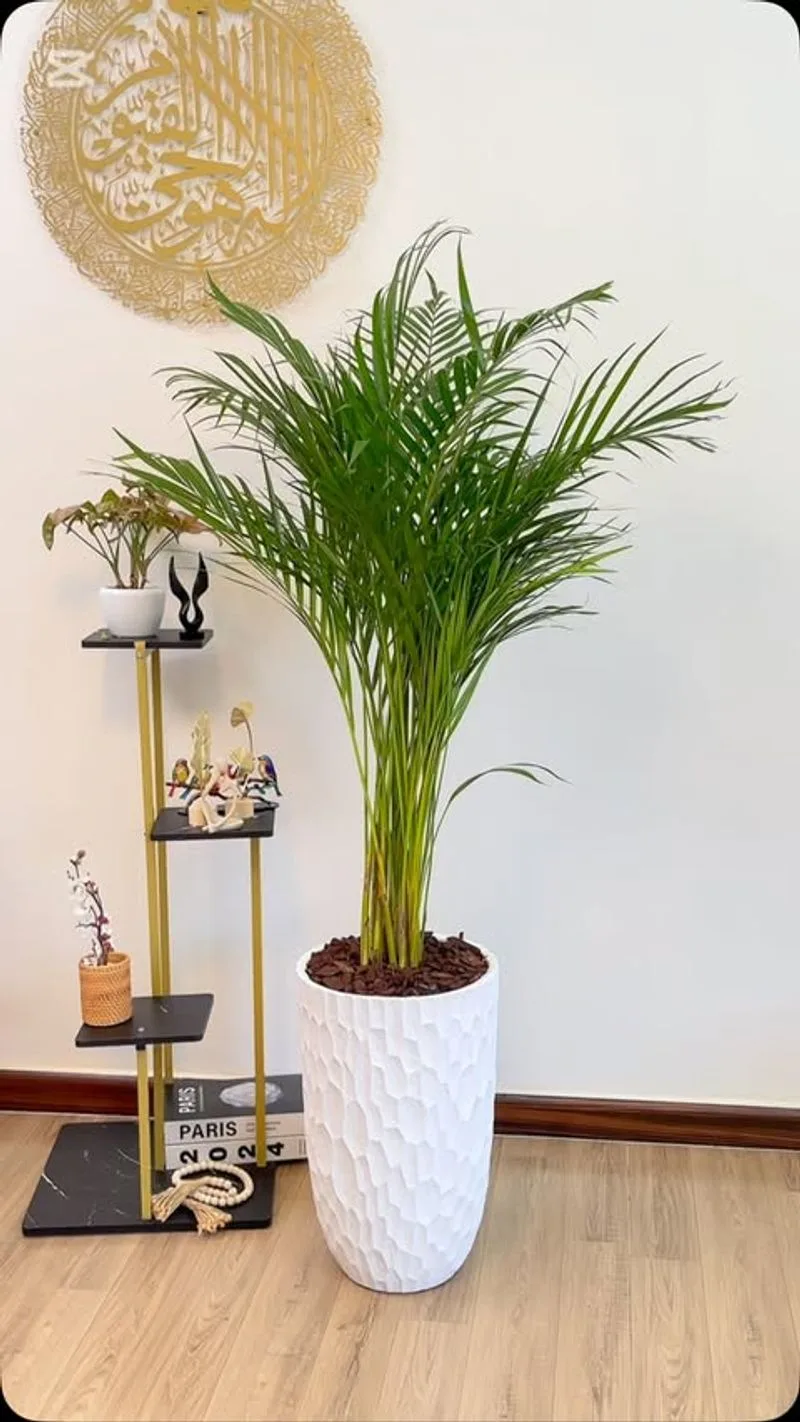
Areca palms bring a touch of the tropics to your home with their feathery, arching fronds. They prefer bright, indirect light and regular watering, particularly during the growing season. Pets typically overlook areca palms due to their neutral taste.
This palm not only beautifies spaces but also acts as an efficient air purifier, reducing indoor toxins. Ideal for offices or living rooms, its aesthetic appeal is matched by its safety for pets. Careful attention to watering ensures its vibrant health, making it a favorite among plant enthusiasts.
Calathea (Calathea spp.)
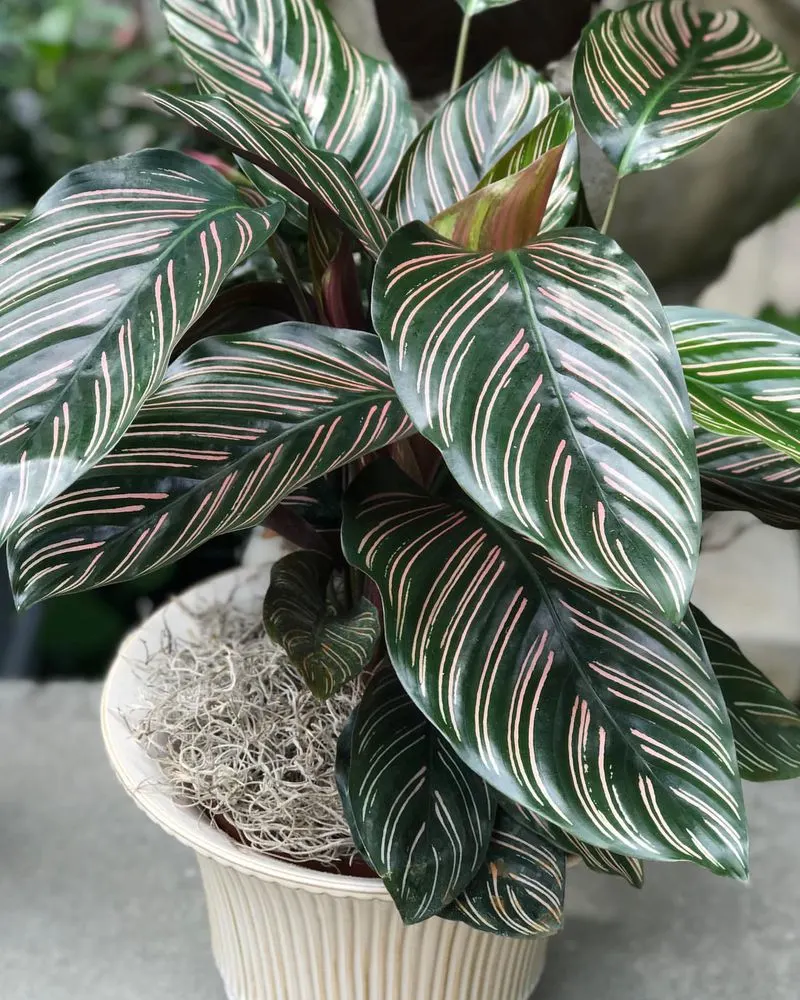
Calatheas are renowned for their stunning leaf patterns and colors. These plants thrive in low to medium light and require consistent moisture to maintain their vibrancy. Pets tend to leave them alone, perhaps due to their distinctive appearance.
Known for their air-purifying capabilities, Calatheas can transform any room into a serene haven. They require a bit more attention than some houseplants, but their beauty is well worth the effort. A calathea can add both aesthetic and functional value to pet-friendly homes.
Parlor Palm (Chamaedorea elegans)
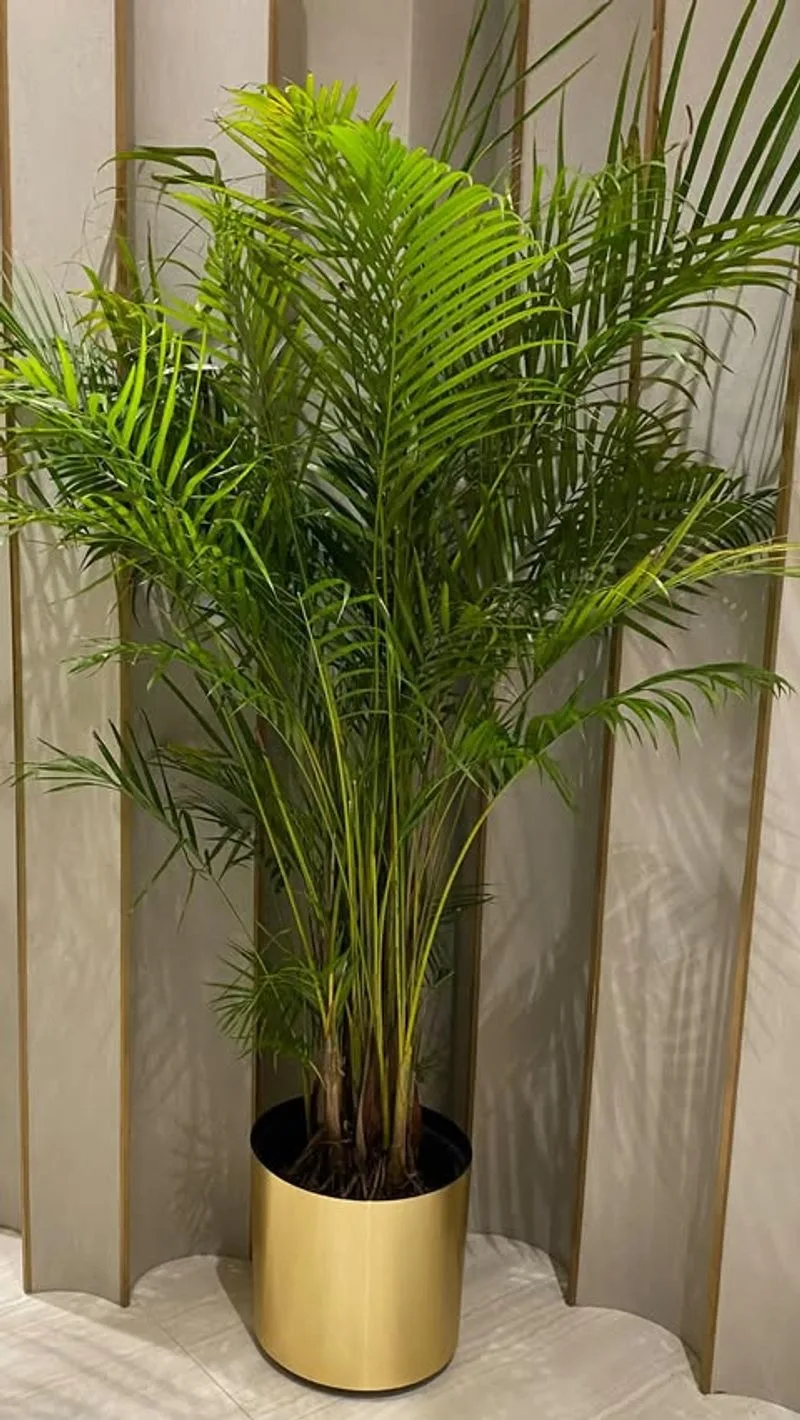
The parlor palm is a classic indoor plant, celebrated for its ease of care and air-purifying qualities. It thrives in low light and needs minimal watering, making it perfect for any room. Pets often find it uninteresting.
Its elegant appearance belies its hardy nature, as it stands up well to neglect. The parlor palm not only enhances indoor aesthetics but also contributes to a healthier living environment. It’s an ideal choice for those seeking a reliable, pet-friendly plant that requires little attention.
Peperomia (Peperomia spp.)
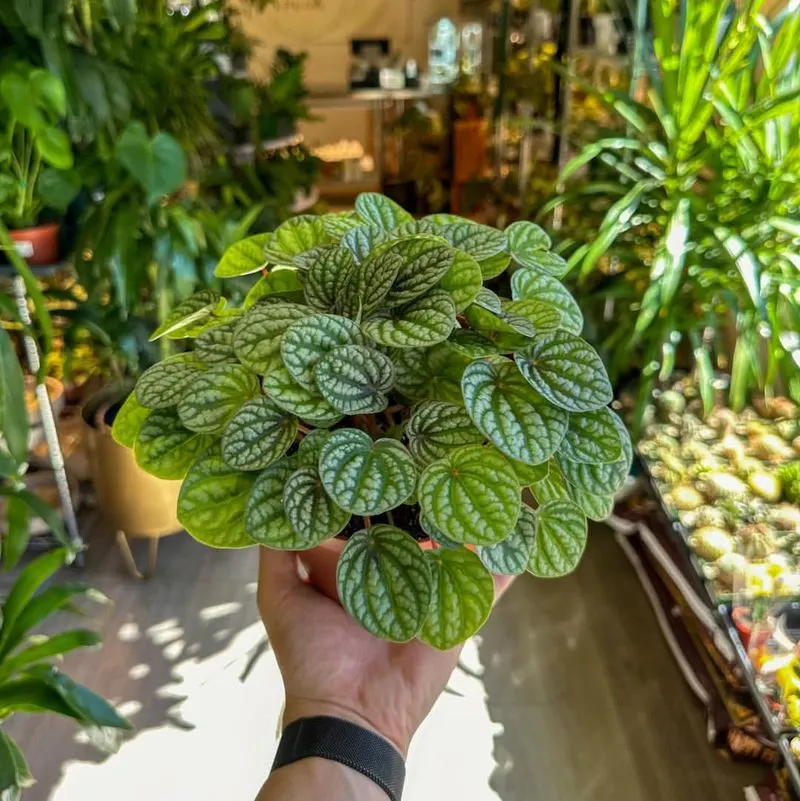
Peperomia varieties are prized for their thick, waxy leaves and compact growth. They do well in moderate light and require infrequent watering, making them easy to care for. Pets usually avoid them, likely due to their robust leaf texture.
These plants are perfect for small spaces, adding a pop of green without taking over. Peperomias are not only non-toxic but also bring a unique charm to indoor décor. For those with limited space, this plant offers a delightful touch of nature without the worry of pet interference.
Cast Iron Plant (Aspidistra elatior)
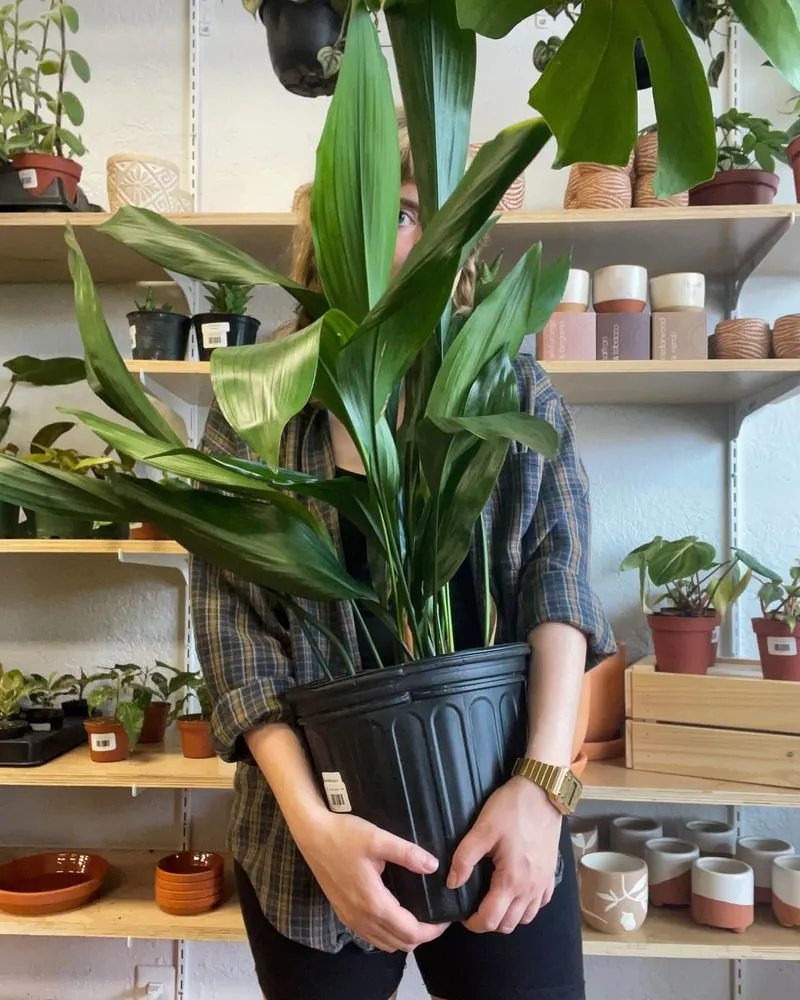
True to its name, the cast iron plant is incredibly resilient, tolerating low light and neglect. It’s perfect for those who might forget a watering or two. Pets generally steer clear, as the plant is neither aromatic nor tasty.
Known for its hardiness, the cast iron plant thrives in less-than-ideal conditions, adding greenery where few others dare to grow. Its broad leaves bring a touch of nature indoors, without posing any risk to curious pets. It’s a solid choice for busy households seeking a hassle-free plant.
Prayer Plant (Maranta leuconeura)
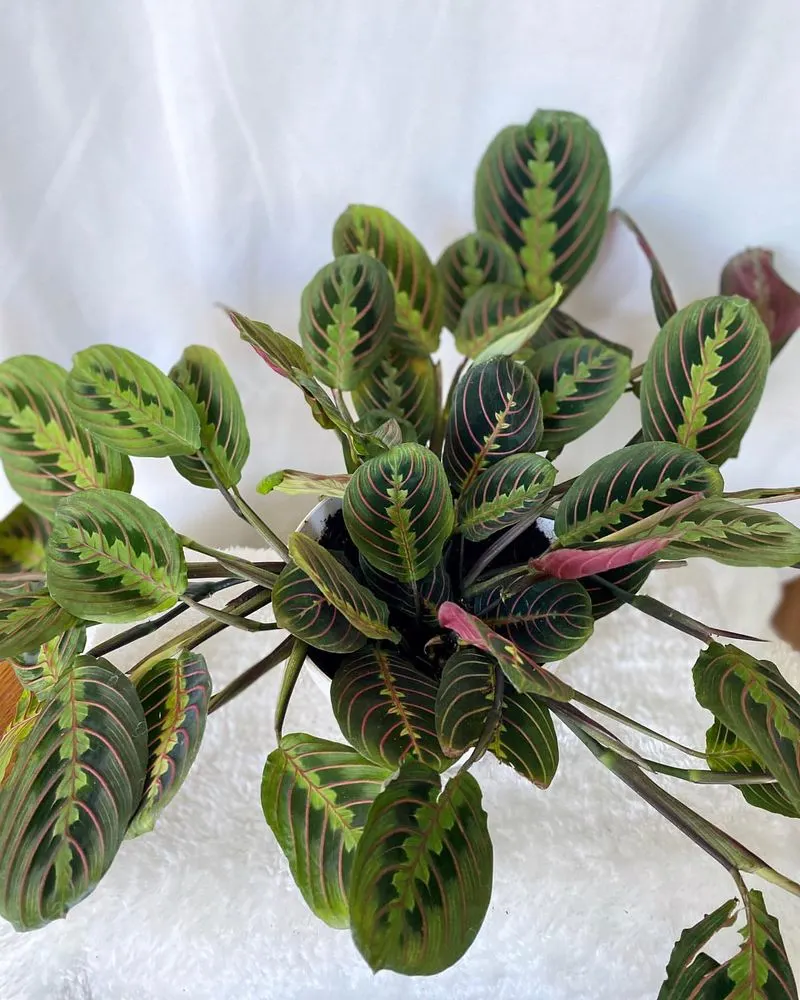
The prayer plant is a marvel of nature, its leaves folding up at night as if in prayer. It thrives in medium light and enjoys regular watering to maintain its vibrant appearance. Pets are often indifferent to its presence.
This plant’s unique movement and striking leaf patterns make it a conversation starter. Besides its aesthetic appeal, the prayer plant is non-toxic, ensuring peace of mind for pet owners. Whether on a windowsill or a shelf, it adds a dynamic element to any pet-friendly home.

